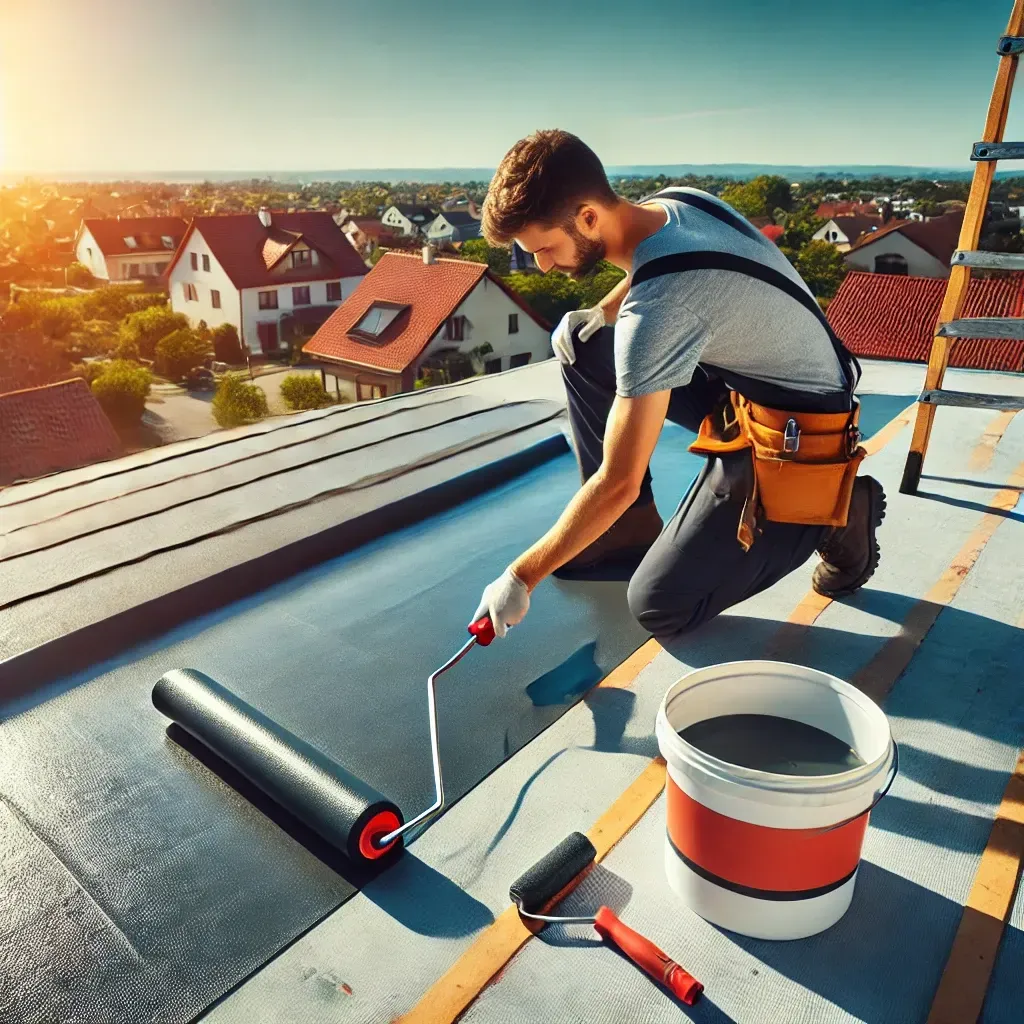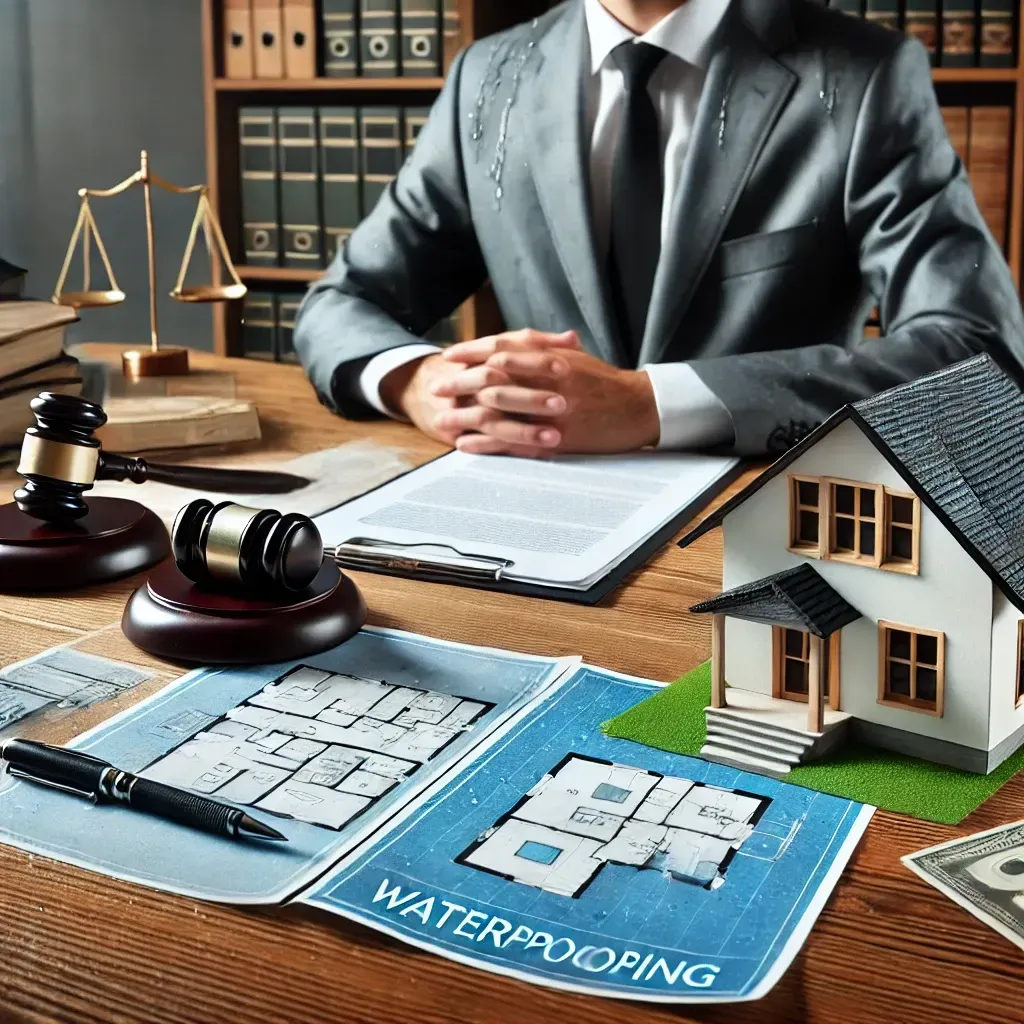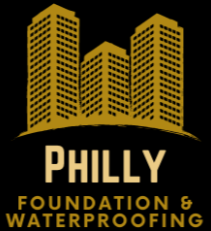What is Waterproofing? Exploring Every Aspect of This Vital Home Solution
Mastering Waterproofing: Techniques, Costs, Legalities, and Long-Term Benefits for Every Homeowner
It’s a peaceful evening, the rain is drumming a soothing rhythm on your roof, and you’re cozy on your couch, until you hear the unmistakable drip...drip coming from your basement. Suddenly, it’s panic mode. If you’ve been there, you’re not alone. The answer to this common woe? Waterproofing! But what exactly is waterproofing, and why is it such a game-changer? Let’s dive into the wet and wild world of waterproofing with humor, hard facts, and handy advice.

The Basics: What is Waterproofing?
Waterproofing is the process of making a structure resistant to water penetration. Think of it as giving your home a raincoat, ensuring water stays outside where it belongs.
From basements and crawl spaces to roofs and foundations, waterproofing techniques protect your property from water damage, mold, and structural issues. It’s not just a good idea, it’s a home’s best defense against a watery invasion.
Why Waterproofing Matters
Water damage is a silent killer for homes. According to the National Flood Insurance Program (NFIP), even an inch of water can cause over $25,000 in damage to your property. Mold, mildew, and foundation erosion are just the beginning of the problems you might face without proper waterproofing.
Let’s not forget the financial impact. Ever wondered about the “sump pump installation cost” or the “waterproofing basement cost”? It’s significantly cheaper to prevent water issues than to fix them after they’ve wreaked havoc.
Basement Waterproofing Techniques
Your basement might be out of sight, but it should never be out of mind. Here’s how we keep basements dry and drama-free:
1. Interior Basement Waterproofing
Think of interior waterproofing as a proactive way to manage water that’s already found its way inside. Methods include:
Sealants and Epoxy Coatings: These prevent moisture from seeping through cracks.
Drainage Systems: Interior drainage systems guide water to a sump pump for safe removal.
2. Exterior Basement Waterproofing
This is your first line of defense, like SPF for your home. Exterior methods involve:
Excavation: Exposing and sealing foundation walls with waterproof membranes.
Drainage Tiles: Redirecting water away from your home.
3. Basement Sealing and Waterproofing
This combines interior and exterior techniques for a holistic approach. Sealants, vapor barriers, and proper drainage work together to keep your basement bone dry.
The MVP of Basements: Sump Pumps
A sump pump is your basement’s best friend. This device collects water from drainage systems and pumps it out of your home. While “sump pump installation cost” might give you pause, it’s a worthy investment.
Plus, newer models are energy-efficient and equipped with battery backups for power outages.
Did you know? A typical sump pump can remove up to 2,000 gallons of water per hour—a lifesaver during heavy rainstorms.
Tackling Common Basement Waterproofing Problems
Not all waterproofing systems are perfect. Here’s what to watch for:
- Hydrostatic Pressure: This occurs when groundwater pushes against your foundation, causing leaks.
- Clogged Drainage Systems: Routine maintenance can prevent this headache.
- Aging Homes: Older homes might need a waterproofing upgrade to keep up with modern standards.
For instance, a home built before the 1970s might lack modern drainage tiles, leaving the basement vulnerable to flooding.
Crawl Space Waterproofing: The Overlooked Area
Crawl spaces often feel like the forgotten stepchild of home maintenance. But neglecting them can lead to big issues. Moisture control here is crucial.
1. Crawl Space Encapsulation
Encapsulation involves sealing your crawl space with heavy-duty vapor barriers to lock out moisture. Pair this with dehumidifiers for the ultimate moisture-free zone.
2. Crawl Space Insulation and Drainage Solutions
Insulating crawl spaces prevents temperature fluctuations that encourage condensation. Combine this with drainage systems for double protection.
3. Crawl Space Mold Prevention
Mold in crawl spaces can quickly spread to other areas of your home. Use mold-resistant materials and maintain proper ventilation to avoid this problem.
4. Common Crawl Space Waterproofing Mistakes
- Poor Ventilation: Stale air can lead to mold growth.
- Skipping Maintenance: Regular inspections ensure your waterproofing efforts remain effective.
If you’re in a flood-prone area, consider raising your crawl space foundation, a more expensive but effective solution.
Roofing and Attic Waterproofing: The Upper-Level Game
Waterproofing isn’t just for below-ground areas. Your roof and attic need love too:
1. Roof Leaks and Prevention
Sealants and Coatings: Roof sealants fill small cracks and extend the life of your shingles.
Gutter Maintenance: Clear gutters prevent water from pooling and causing leaks.
2. Attic Insulation and Ventilation
Proper ventilation in your attic reduces condensation. Meanwhile, insulation keeps moisture out while helping with energy efficiency.
3. Attic Waterproofing Costs
While the initial investment might sting, the long-term savings in repair costs and energy bills are well worth it.
Foundation Waterproofing: Holding It All Together
Your foundation is the literal base of your home, so keeping it secure is non-negotiable. Foundation waterproofing techniques include:
- Sealing Foundation Cracks: Crack injection waterproofing fills gaps to block water entry.
- Foundation Coatings and Sealants: These provide a robust barrier against moisture.
- Hydrostatic Pressure Solutions: Proper drainage systems help relieve pressure around the foundation.
- Impact of Soil Type: Different soils affect how water drains. For instance, clay retains water and can exacerbate foundation issues, while sandy soil drains more effectively.
Fun Fact: The Great Pyramid of Giza has ancient waterproofing techniques in its base, showing even ancient civilizations understood the importance of keeping structures dry!
Long-Term Waterproofing Solutions
Waterproofing isn’t a one-and-done deal. Maintenance is key:
- Inspect Regularly: Check for cracks, leaks, and clogged drains.
- Keep Gutters Clean: Regular gutter cleaning prevents water buildup.
- Upgrade as Needed: Older homes might require modern waterproofing methods.
Smart Tip: Consider installing smart leak detectors in your basement and crawl spaces. These devices alert you to moisture issues before they escalate.
Waterproofing Materials Comparison
Here’s a quick rundown of common waterproofing materials:
- Bituminous Membranes: Durable and commonly used for roofs.
- Liquid Waterproofing: Easy to apply and versatile.
- Polyurethane: Great for cracks and joints.
- PVC Membranes: Long-lasting and ideal for large-scale projects.
Each material has its pros and cons, so consult with a professional to choose what works best for your needs.
DIY Waterproofing Tips
Feeling handy? Here’s how to tackle waterproofing on your own:
- Seal Cracks: Use epoxy or sealant to fix small foundation cracks.
- Install Vapor Barriers: A simple way to keep moisture out of crawl spaces.
- Maintain Gutters and Downspouts: Ensure water is directed away from your home.
However, large-scale waterproofing is best left to professionals.
Pro Tip: Always test your waterproofing efforts with a garden hose or bucket of water before declaring victory.
Choosing the Right Waterproofing Contractors
When it’s time to call in the pros, vet your options carefully:
- Check Reviews: Happy customers are a great sign.
- Ask About Warranties: Reputable contractors stand behind their work.
- Get Multiple Quotes: Compare costs and services to find the best fit.
Hiring a licensed contractor not only ensures quality work but can also save you money on insurance premiums.
Waterproofing for Flood-Prone Areas
Homes in flood-prone areas need extra precautions:
- Elevate Electrical Systems: Keep outlets and HVAC units above potential flood levels.
- Install Flood Barriers: Sandbags or permanent barriers can prevent water entry.
- Use Flood-Resistant Materials: Opt for waterproof materials like ceramic tiles for floors.
In areas prone to hurricanes, consider installing hurricane straps to secure your roof and prevent leaks caused by extreme winds.
Legal and Insurance Aspects of Waterproofing

Proper waterproofing can affect your home insurance rates and resale value. Check local building codes and ensure your contractor’s work complies. Some insurance policies even offer discounts for flood-proof homes.
Did you know? Homes with effective waterproofing have a higher resale value, as buyers prioritize properties with fewer potential maintenance issues.
The Price Tag: Waterproofing Costs
Costs vary based on the scope of work and location. Here’s a rough breakdown:
- Basement Waterproofing Cost: $1,500 to $15,000.
- Crawl Space Waterproofing Costs: $2,000 to $8,000.
- Foundation Waterproofing Cost: $5,000 to $20,000.
- Attic Waterproofing Costs: $1,000 to $3,000.
While these numbers might make your wallet nervous, consider them an investment in your home’s longevity and value.
Conclusion: Waterproofing, Your Home’s Superpower
Whether it’s “water proofing for basement” or sealing up a drafty attic, waterproofing is your home’s unsung hero. It saves money, preserves value, and keeps your sanctuary safe and dry.
So next time you hear the rain patter outside, you can sit back, relax, and let your waterproofing efforts do the heavy lifting. Cheers to a dry, drama-free home!
Key Takeaways
1. What is Waterproofing?
Waterproofing is the process of protecting a structure from water intrusion, safeguarding areas like basements, crawl spaces, roofs, and foundations.
2. Why Waterproofing is Crucial
It prevents costly damages caused by water, mold, and structural issues. Even an inch of water can result in over $25,000 in damage according to the NFIP.
3. Basement Waterproofing Techniques
Effective methods include interior waterproofing (sealants and drainage systems) and exterior waterproofing (membranes and drainage tiles), often combined for maximum effectiveness.
4. The Role of Sump Pumps
Sump pumps are essential for collecting and removing excess water from basements, with modern models offering energy efficiency and battery backup systems.
5. Crawl Space Waterproofing
Crawl space encapsulation, insulation, and drainage solutions help control moisture and prevent mold, a critical step often overlooked in home maintenance.
6. Roofing and Attic Waterproofing
Proper roof maintenance, sealants, gutter systems, and attic insulation reduce leaks, condensation, and energy loss while extending the life of your roof.
7. Foundation Waterproofing
Key techniques include sealing cracks, applying foundation coatings, and addressing hydrostatic pressure through drainage solutions tailored to soil type.
8. DIY vs. Professional Waterproofing
While minor waterproofing tasks like sealing small cracks can be done DIY, professional waterproofing is essential for larger projects to ensure long-term success and warranties.
9. Waterproofing Costs
Costs vary by project scope: basement waterproofing ranges from $1,500 to $15,000, and crawl space waterproofing from $2,000 to $8,000, making proactive maintenance a cost-saving measure.
10. Benefits Beyond Damage Prevention
Waterproofing not only reduces insurance claims and maintenance costs but also enhances home value, making it a worthy investment for long-term protection and peace of mind.
Protect Your Investment from Structural Damage, Water & Mold Serving the Tri-Sate Area
PA License #PAHIC169133
DE License #2022707501
NJ License #13VH12234100
Hours of Operation
Mon to Fri 7am to 7pm
Sun to Sun: 7am - 7pm
©Philadelphia Foundation Repair & Waterproofing

